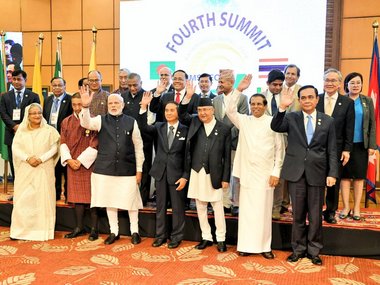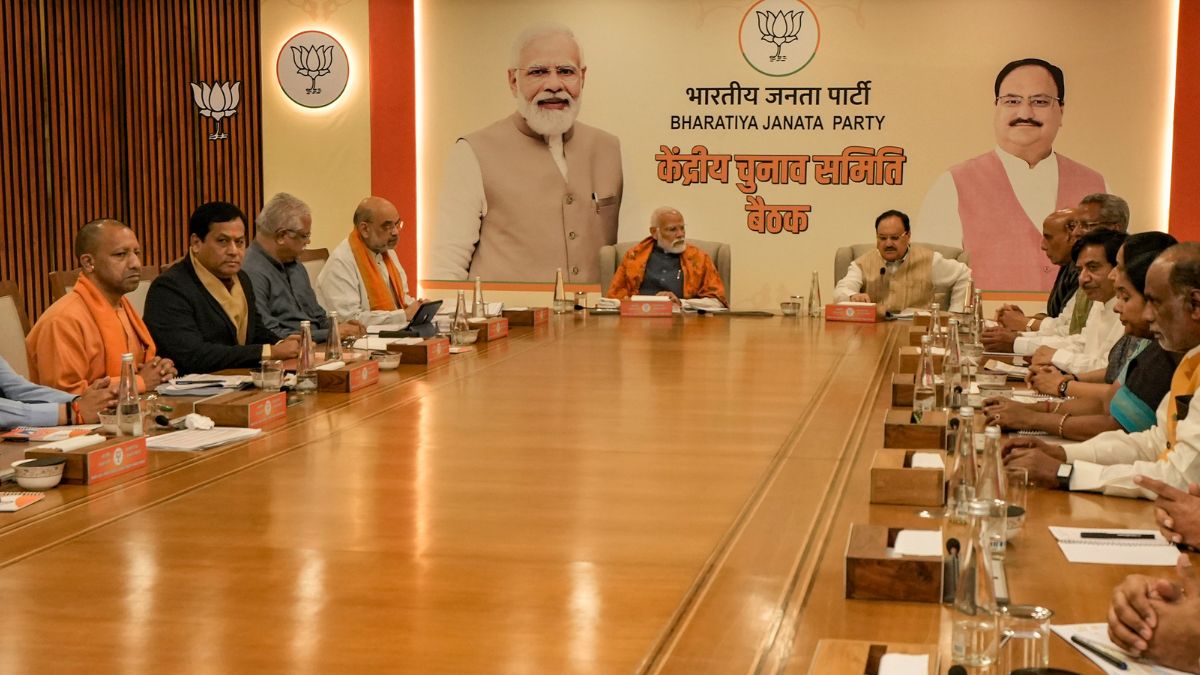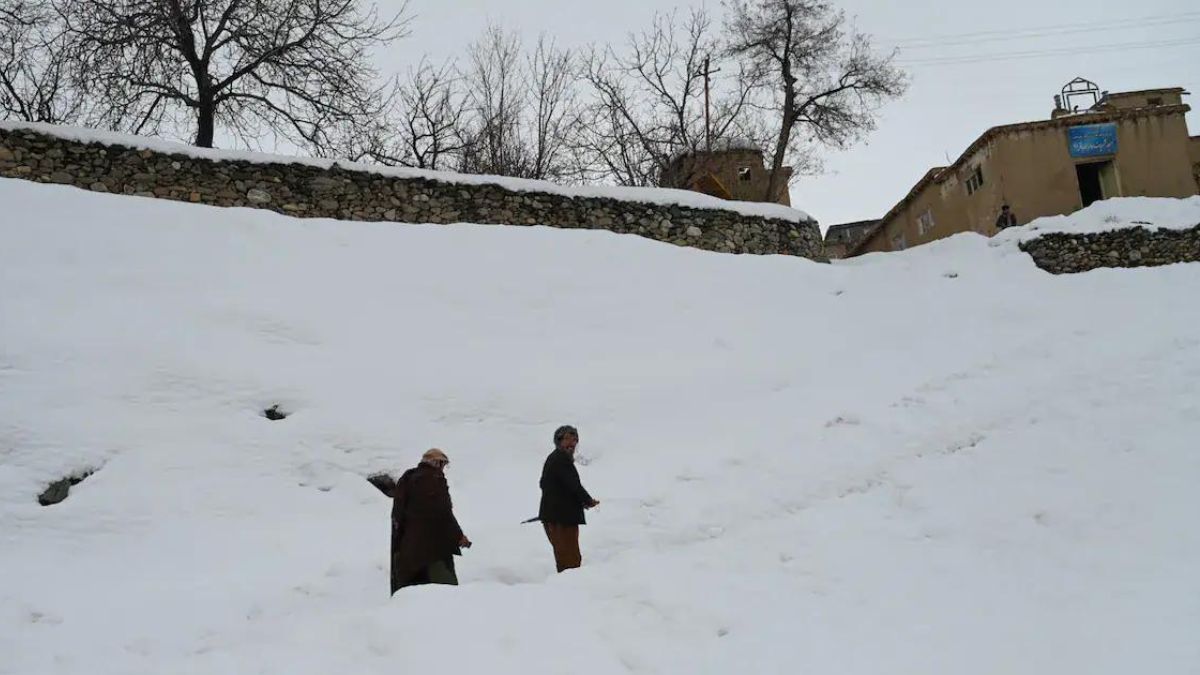Editor’s note: Prime Minister Narendra Modi’s tour of the Maldives is his first international visit after having taken oath for the second time. His 2014 swearing-in ceremony featured leaders from SAARC nations as special invitees, while in 2019, it was the BIMSTEC leaders and those from Kyrgyzstan and Mauritius who were in attendance, underlining the importance the prime minister places on international relations. This is the second in a series of articles that looks at key foreign policy targets for the Modi government as it looks to the next five years.
India has been trying to step up its engagement with the Central Asian region. President of Kyrgyzstan, Sooronbay Jeenbekov, who holds the current chair of the Shanghai Cooperation Organization (SCO), was invited as a special guest at the swearing-in ceremony of Prime Minister Narendra Modi on 30 May, with the leaders of the BIMSTEC and Mauritius also in attendance. Although New Delhi’s major focus was on the neighbourhood but the invite to the Kyrgyz president also underlined New Delhi’s eagerness to enhance India’s diplomatic and economic profile in the Central Asian region.
Since Modi would attend the SCO summit in Bishkek in mid-June, his special bilateral meet with the chair of the SCO a fortnight before was a smart move to make India’s Central Asia outreach a success. India seeks to tap into the unlocked energy potential of the Central Asian region that is also critically placed in its geo-strategic position. Currently China, Russia, Kazakhstan, Kyrgyzstan, Tajikistan, Uzbekistan, India and Pakistan are part of the SCO which accounts for more than 20 percent of the world’s land mass, 45 percent of its population, and 25 percent of global GDP.
Given the escalating trade war with Washington, Beijing is trying to diversify its investments and markets to other parts of the world, particularly Central Asia and Europe. As both China and Russia are seeking to contain American influence from Central Asia, where China has already stepped up its engagement through huge infrastructure projects under the Belt and Road Initiative (BRI), India has also been trying to advance its two major strategic objectives — counter-terrorism and connectivity – via the SCO.
In 2017, India became a member of the SCO which has a specific forum to fight terrorism – Regional Anti-terrorism Structure (RATS). India has been pressing the RATS to focus its energies to counter terrorism in the region. Afghanistan, which shares a border with four SCO member states – China, Pakistan, Tajikistan and Uzbekistan – will also remain high on the agenda at the Bishkek summit.
China’s involvement in key infrastructure projects for the strategic success of the China-Pakistan Economic Corridor (CPEC) is undeniably a huge challenge for India’s attempts to overcome connectivity issues with Central Asia. And it is not a mere coincidence that Pakistan – China’s “all weather ally” – has also proved as the biggest hurdle in realising India’s twin objectives of ensuring strengthened economic-political relations with Central Asia and fighting terrorism.
It needs to be noted that India’s engagement with the Central Asian region has evolved over the last two decades. India previously focused on reviving civilisational bonds with the region that laid the groundwork for mutual trust and goodwill, following the policy of projecting India’s ‘soft power’ there. It would be pertinent to recall what Modi had said in 2015 when he visited Kyrgyzstan as part of his Central Asian tour: “Kyrgyzstan’s greatest hero Manas means the ideal man in Sanskrit. The Indian epic Ramayana re-written by Saint poet Tulsidas is called Ram Charit Manas. Through the ages, we have enriched each other by the continuous exchange in diverse forms of human expression. Now, we have built a modern relationship between sovereign and democratic nations located in the same neighbourhood.” It is also a positive factor for India that the over-hyped links between foreign policy and Islamist discourse in Pakistan do not generate similar responses among the secular-minded regimes in the Central Asian countries whose leadership has become wary of spillover effects of growing religious fundamentalism in Afghanistan-Pakistan region.
However, India’s lack of focused approach and not-so-strong ties among the Central Asian states among themselves has prevented the economic potential of the ties. India’s renewed push for engagement with Central Asia thus rekindles prospects of regional integration. India had organised first ever ‘ India-Central Asia Dialogue ’ at the Foreign Ministers’ level in Samarkand, Uzbekistan in January this year. While the India-led forum has been in existence since it was initiated by the UPA government in Bishkek in 2012, it was for the first time that all the five Central Asian countries participated in it. Afghanistan foreign minister also attended as a special invitee.
A geographically and economically integrated Central Asia is necessary for India to achieve connectivity with the region. It also provides an opportunity to invest in several hydro-electric power projects and other such ventures. Pakistan’s territory provides the easiest and the least expensive access to India’s entry into Afghanistan and the wider Central Asia. But Pakistan’s obstinacy in denying India the access has complicated New Delhi’s efforts in this direction. India has invested heavily in reaching out to the Afghan people. Due to its soft power initiatives, India enjoys huge popular approval – in sharp contrast to Pakistan, which is mostly viewed by the Afghan people as an adversary because of its unnecessary meddling in its internal affairs. Pakistan is also resentful of India’s rising influence in Afghanistan, and therefore continues to deny transit route between India and Afghanistan. Inviting leaders from the BIMSTEC instead of SAARC seems as much a reflection of India’s frustration with Pakistan’s uncooperative policies as it is of India’s resolve of denying Pakistan any chance to hold regional integration efforts to ransom.
With South Asian regional politics locked over rivalry with Pakistan, India’s ties with Central Asia currently stand at a crossroads. Now, due to the likelihood of American exit from Afghanistan that is likely to have a regime dominated by the Taliban, the Modi government in its new avatar must provide a platform for the Central Asian states to discuss issues related to counter-terrorism, connectivity and transportation. While the format of ‘India-Central Asia Dialogue’ is a good initiative, India must also support all formal and informal platforms that promote connectivity issues among them. In particular, serious efforts must be made to set the stage for an informal summit between Modi and the Central Asian leaders on the sidelines of the SCO Summit in mid-June.
In order to diversify its connectivity options with Central Asian region, India became a member of the ‘Ashgabat Agreement’ in 2018. Uzbekistan played a key role in getting New Delhi into the agreement which seeks to establish an International Transport and Transit Corridor between Iran, Oman, Turkmenistan and Uzbekistan. It is also expected that Uzbekistan will become a member of International North South Transport Corridor (INSTC), a 7,200 km long multi-modal network of ship, rail, and road routes for transport of freight between India, Iran, Afghanistan, Armenia, Azerbaijan, Russia, Central Asia and Europe. The primary aim of INSTC is to increase trade connectivity between major cities linking the Indian Ocean and the Persian Gulf to the Caspian Sea by standardising tariffs and customs duties.
Uzbekistan has a huge stake in the political and economic development of war-torn Afghanistan. Uzbekistan has already built a rail link between Hairatan to Mazar-i-Sharif, and there is the possibility of this railway link being extended further to Harat in Afghanistan. Once this segment is completed, it will provide a route for Uzbek and Afghan exports. India will be able to connect with this initiative for wider access to landlocked Afghanistan. Kazakhstan has already developed the dry port of Khorgos and made trial runs of railways to connect Khorgos and the Bandar Abbas port in Iran.
Creation of a consortium for connecting the railway networks of Kazakhstan, Turkmenistan and Iran to the Chabahar port would facilitate movement of goods from Central Asian countries to India. The Iranian ports of Chabahar and Bandar Abbas offer huge connectivity possibilities for India, Afghanistan and the Central Asian countries. The Chabahar port’s significance has already increased due to it having been exempted from US economic sanctions towards Iran. New Delhi should also promote liberalised visa policy for people from all the Central Asian countries. Using the European Schengen visa as a model, India should push for a single visa policy for Indian nationals wishing to visit any or all Central Asian countries.
An air corridor is operating between Afghanistan and India. Swaraj had promised in the January meet that India would organise a ‘Dialogue on Air Corridors’ with the participation of civil aviation authorities, air freighters and aviation companies of India and Central Asia so that goods could be promptly transported between the two regions. The new external affairs minister, S Jaishankar, should convene this meeting at the earliest.
Read the first article in the series about India’s foreign policy targets with respect to Pakistan


)




)
)
)
)
)
)
)
)